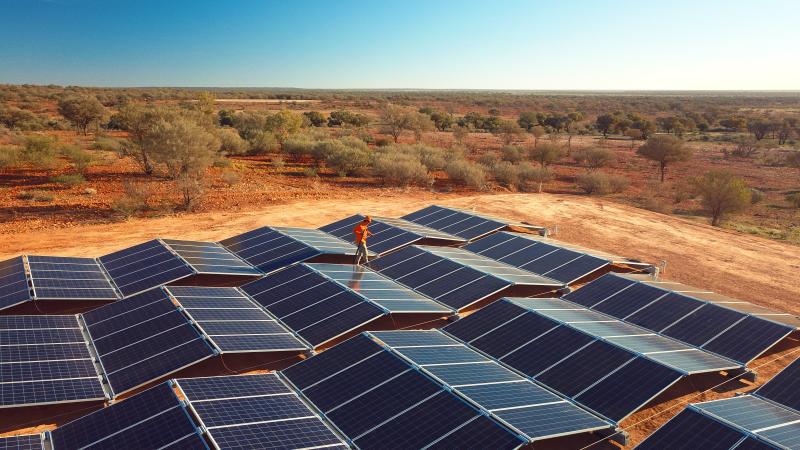
Australia’s energy minister Chris Bowen revealed today (21 October) that the federal government is seeking 10GW of capacity from energy storage, wind, and solar PV in the next Capital Investment Scheme (CIS) tender round.
The next tender round, which is set to be conducted in the coming months, will see the successful projects delivered by 2029. This is an increase on the previous first national tender, in which the federal government sought to secure 6GW. The round saw 40GW of bids registered, with 27GW of “very high quality” bids going through to the next stage.
Try Premium for just $1
- Full premium access for the first month at only $1
- Converts to an annual rate after 30 days unless cancelled
- Cancel anytime during the trial period
Premium Benefits
- Expert industry analysis and interviews
- Digital access to PV Tech Power journal
- Exclusive event discounts
Or get the full Premium subscription right away
Or continue reading this article for free
“This market interest confirms for me that the pipeline of good quality renewable energy projects is strong. We have very strong investment appetite for delivering more renewables quickly,” Bowen said in a speech this morning.
The result of this interest in the CIS initiative means the government is now looking to secure 4GW of dispatchable power and 6GW of renewable energy generation. Previously, the federal government sought to secure 2GW of dispatchable power and 4GW of renewable energy generation.
Bowen confirmed that market briefs for the upcoming round will be released shortly, and the tender process will officially open in mid-November 2024.
CIS aims to negate risks when developing renewable energy projects
The CIS promotes new investments in renewable energy dispatchable capacity, such as battery storage, solar, and wind power generation. This will enable Australia to meet the increasing electricity demand and bridge reliability gaps as old coal power stations phase out of the grid, something that is expected to be achieved on the National Electricity Market (NEM) by 2038.
Recent successful tenders have seen six energy storage projects provided support, totalling 3,626MWh, in Victoria and South Australia. Meanwhile, Western Australia opened its first CIS tender on 22 July, aiming to secure 2GW of clean, dispatchable capacity across the Wholesale Electricity Market (WEM).
Salim Mazouz, head of the Capacity Investment Scheme branch office for policy and engagement at Chris Bowen’s Department of Climate Change, Energy, the Environment and Water (DCEEW), said the scheme was designed to reduce downside risk for investors in an uncertain market environment.
“Fundamentally, what we found, both for storage and variable renewables, is that there’s a high level of uncertainty currently in the market, including about prices,” Mazouz told our colleagues at Energy-Storage.news Premium in a recent interview. “We sought to ensure that there is downside risk protection for investors. So, we went in with the design of the CIS to ensure that, for example, debt has more of a chance of being harnessed in the context of these kinds of investments because increasingly, equity holders were finding it difficult to get debt coverage due to… the risk levels.”






